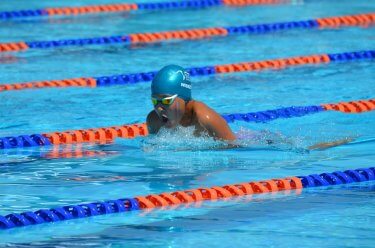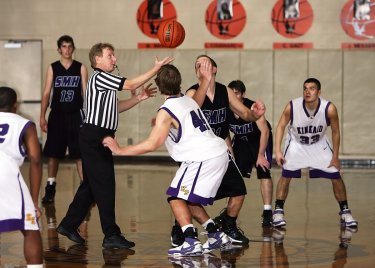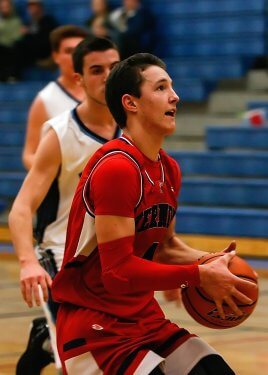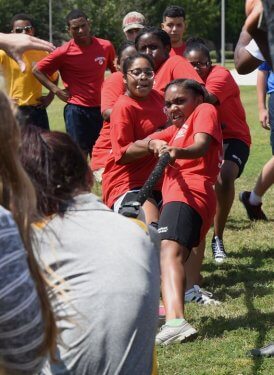Assessment in physical education is a key accountability measure for both the student and the teacher. The primary goal of assessment should be the enhancement of learning (NASPE, 2004), not an add-on (Nye, Dubay, Gilbert, & Wajciechowski, 2009).
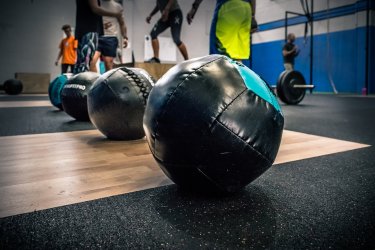
Unfortunately, due to time constraints or uncertainty of the purpose, assessment in many physical education programs is inadequate. Common reasons physical educators do not assess include a) “It takes up too much time.” Teachers may feel they do not have enough time to spend collecting assessment data, when they only see the students for 40 minutes, once a week. b) “I don’t know how.” Teachers might not know how to assess and/or what to assess. c) “It won’t change anything, why even bother.” Teachers might assess and collect data, but do not use it to inform instruction. Fortunately, it has never been easier to collect, organize and save assessment data using technology in physical education. This article highlights two technology resources a physical education teacher can use to collect student data, Kahoot and MetricMe.
